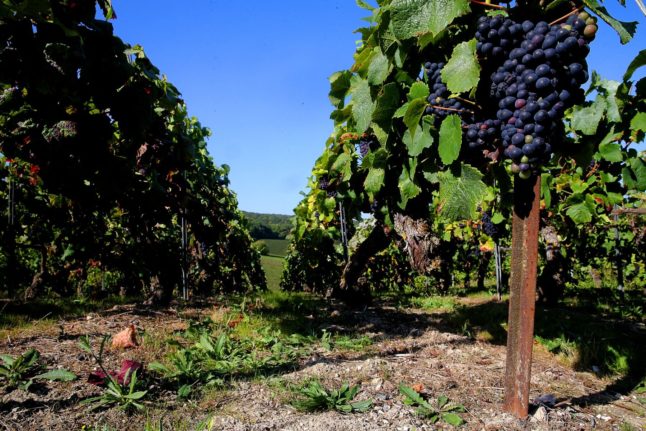Increased heatwaves and erratic rainfall could wipe out vineyards from Greece to California by 2100, researchers found – while creating optimal conditions for wine growing in the UK and other unlikely regions.
“Climate change is changing the geography of wine,” said Cornelis van Leeuwen, the lead author of the paper published in the journal Nature Reviews Earth and Environment.
“There will be winners and losers,” he told AFP.
Researchers compared existing but scattered data on the effects of rising heat and drought, as well as changes in pests and diseases, on global wine regions.
They found a “substantial” risk that 49 to 70 percent of these producing regions would become economically unviable, depending on the extent of global warming.
“You can still make wine almost anywhere (even in tropical climates)… but here we looked at quality wine at economically viable yields,” said van Leeuwen, a professor of viticulture at Bordeaux Sciences Agro.
Conversely, 11 to 25 percent of regions where vines are already planted could see production improve.
And completely new vineyards could emerge at higher latitudes and altitudes, researchers said – including southern regions of Great Britain where viticulture is in its infancy.
The extent to which global temperatures rise will make the difference.
If warming remains within two degrees Celsius of pre-industrial averages – a limit set by the 2015 Paris climate accord – most wine regions will survive, but need to adapt.
But under “far more severe warming scenarios, most Mediterranean regions might become climatically unsuitable for wine production”, the study found.
About 90 percent of winelands in coastal and lowland parts of Spain, Italy and Greece “could be at risk of disappearing by the end of the century.”
Southern California, where conditions are already warm and dry, could suffer the same fate with suitable areas for wine production declining by up to 50 percent.
But warmer conditions in America’s northern wine regions, from Washington State to the Great Lakes region, and even New England, could see the potential for premium wine production to flourish.
While “France is not the most exposed country”, van Leeuwen said, it like many other wine-growing regions will have to adapt by using more resilient grape varieties like Grenache for reds or Chenin for whites.
But he cautioned against turning to irrigation.
“Irrigated vines are more vulnerable to drought if there is a lack of water,” he said, adding it would be “madness” to direct such a scarce resource toward such hardy crops.



 Please whitelist us to continue reading.
Please whitelist us to continue reading.
The Romans certainly had vineyards in the South of England. It was warmer then. We’re actually coming out of a mini ice age if you look at the geological history of the planet.